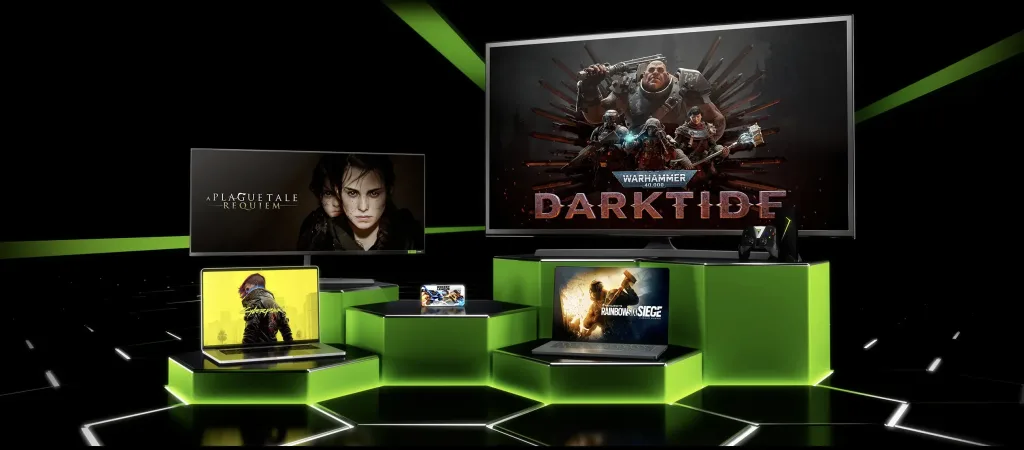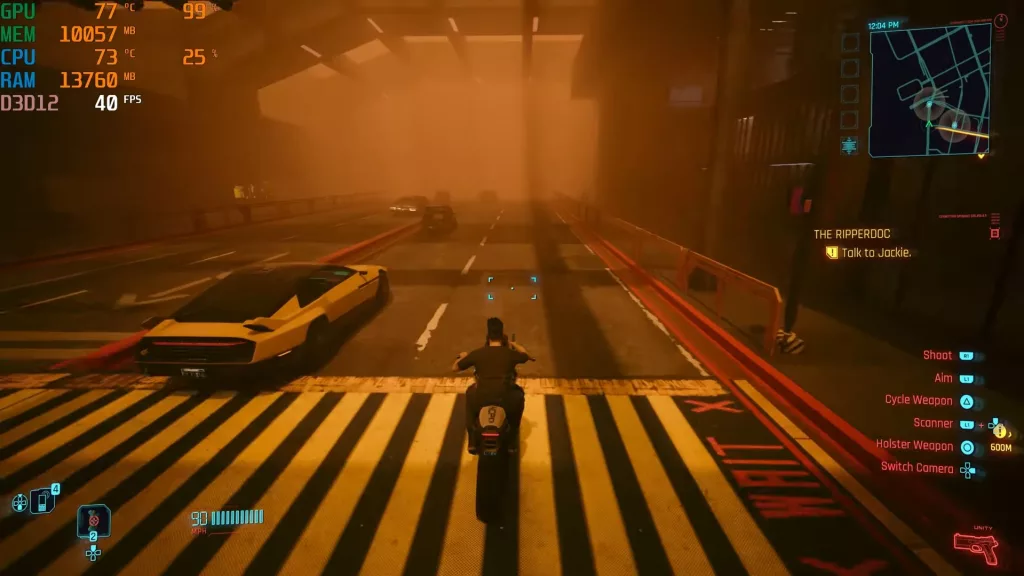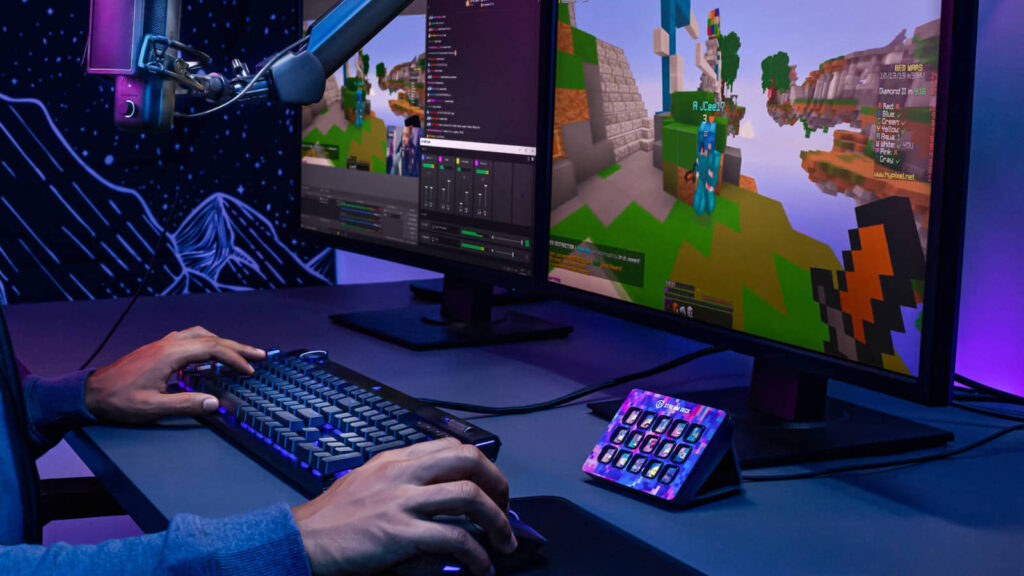Gamers have always been overly concerned about the value of that virtual sword or the allure of a shiny new skin. Since games started using microtransactions—Inexpensive purchases for cosmetic purposes and sometimes, for strategic in-game resources—A whole new line of revenue opened up for publishers.
In fact, a lot of games are made today to bank on this new revenue stream. The gameplay could be recycled, and the graphics a close copycat, but considerable work is done to create bundles, chests, and cosmetic items that players will love to buy.
Little by little, one transaction at a time, a whole self-sustaining industry was created before our own eyes. When publishers and developers started getting concerned about how to pull in more revenue to not fire all game artists the moment a project ships, microtransactions came as a fresh breath of air.
But not all microtransactions are good. Some are poorly implemented whereas others make the game pay-to-win or P2W, which is terrible. Some games, however, have cracked the right formula. They offer the base game as a free-to-play (F2P) adventure and the cosmetics are only that with no meaningful strategic advantage to their owners. Things like battle passes or seasonal treasures have further cemented microtransactions as a solid revenue stream and given game developers new confidence in rolling out F2P games without worrying about ways to maintain their bottom line.
Good microtransactions
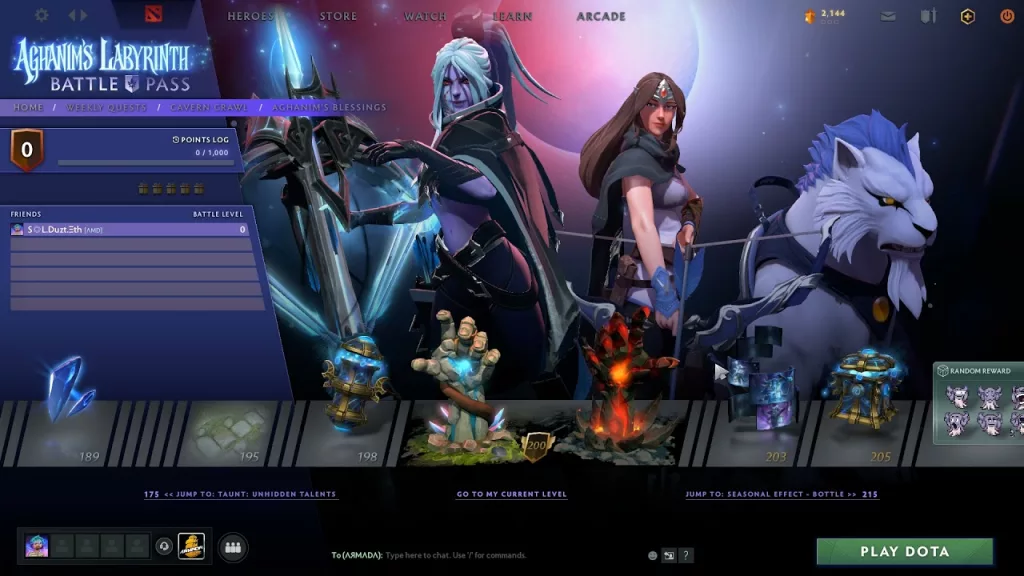
Now, an important part of any system is its user experience—Especially when gamers are concerned, who tend to be picky. Any publisher, application, game, or website should have a seamless flow for its microtransactions.
If microtransactions take too long or are cumbersome, they will dissuade gamers and impact revenue generation.
For example, it’s not rare to find a payment gateway
But what’s even more important is what is being offered for the pocket change.
Some games do it so well that this pocket change suddenly accumulates into a treasure chest to fund innovation and even entirely new projects! Good skins, items, music, maps, etc. need good strategic thinkers and artists. What they also need is a developer who listens to user feedback and provides items that are worthy of owning.
Now, obviously, you have the bad microtransactions that give an unfair advantage, essentially making the game P2W. But there’s another situation when they are bad—When developers decide to package them alongside an expensive game.
As Gabriel Zamora from PCMag said in his article No $70 Game Should Have Microtransactions, “Ubisoft is the latest publisher to raise its game prices. However, you shouldn’t have to endure both higher prices and the moneymaking schemes that come with the current console generation.”
The evolution
These small in-game purchases have evolved significantly over the years, transforming from a mere curiosity to a ubiquitous presence in modern gaming.
In the early days of gaming, microtransactions were a mere whisper, scarcely seen or heard. However, the seeds of monetization were sown as game developers experimented with expansion packs, offering additional content to extend the gameplay experience.
DLC
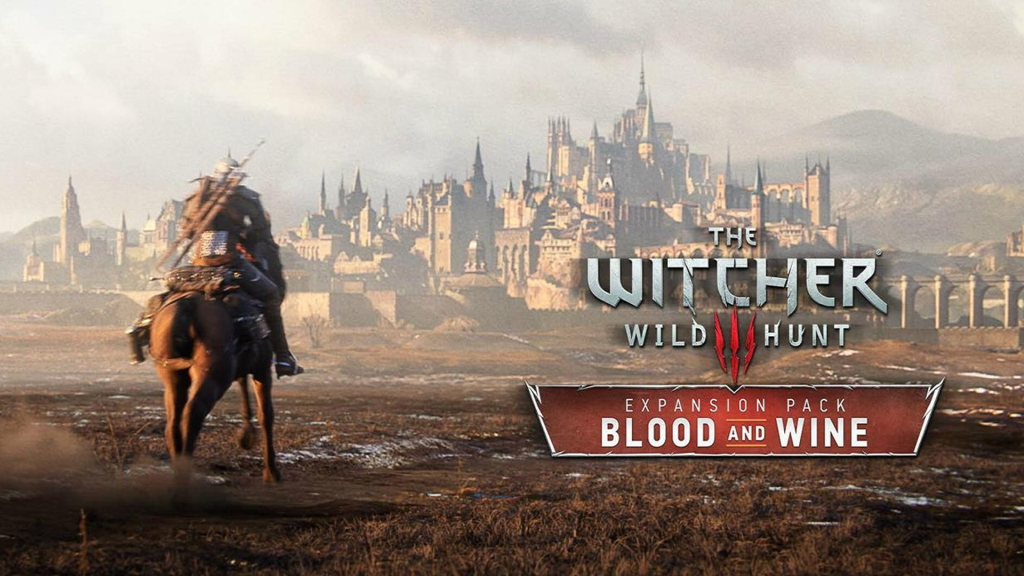
As technology advanced and gaming platforms became more connected, the concept of downloadable content (DLC) emerged. Developers began creating additional content such as new levels, characters, and storylines that players could purchase separately from the base game. DLC allowed for the expansion of games long after their initial release, providing a new revenue stream for developers.
Virtual goods
With the advent of online multiplayer games and virtual worlds, the concept of virtual goods took center stage. Players found themselves immersed in digital realms where customization and personalization became paramount. Microtransactions expanded to include cosmetic items, such as unique skins, emotes, and decorative items, allowing players to express their individuality and stand out in the virtual crowd.
Loot boxes
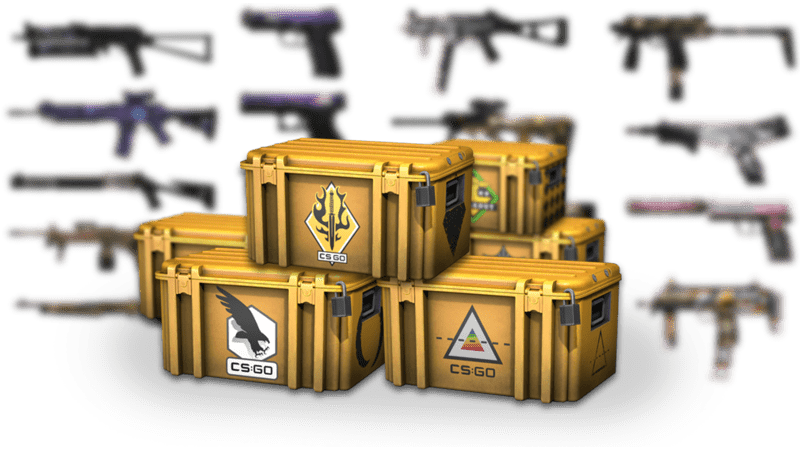
The gaming landscape was forever altered with the introduction of loot boxes. These mysterious digital chests held the promise of rare and valuable in-game items, enticing players to try their luck. Loot boxes triggered a wave of excitement and controversy, as some critics likened them to gambling mechanics.
F2P surge
Free-to-play games burst onto the scene, offering players the opportunity to experience games without an upfront cost. Instead, these games relied on microtransactions as their primary revenue stream. Cosmetic items, boosters, and convenience features became the lifeblood of these games, allowing players to customize their experience or gain a competitive edge through optional purchases.
Battle pass
A new trend emerged with the rise of battle passes. These time-limited progression systems offered tiers of rewards that players could unlock by playing the game or purchasing a pass. Battle passes revolutionized microtransactions by providing a sense of progression and a clear roadmap of rewards, enticing players to engage more deeply with the game and its monetization offerings.
Freemium
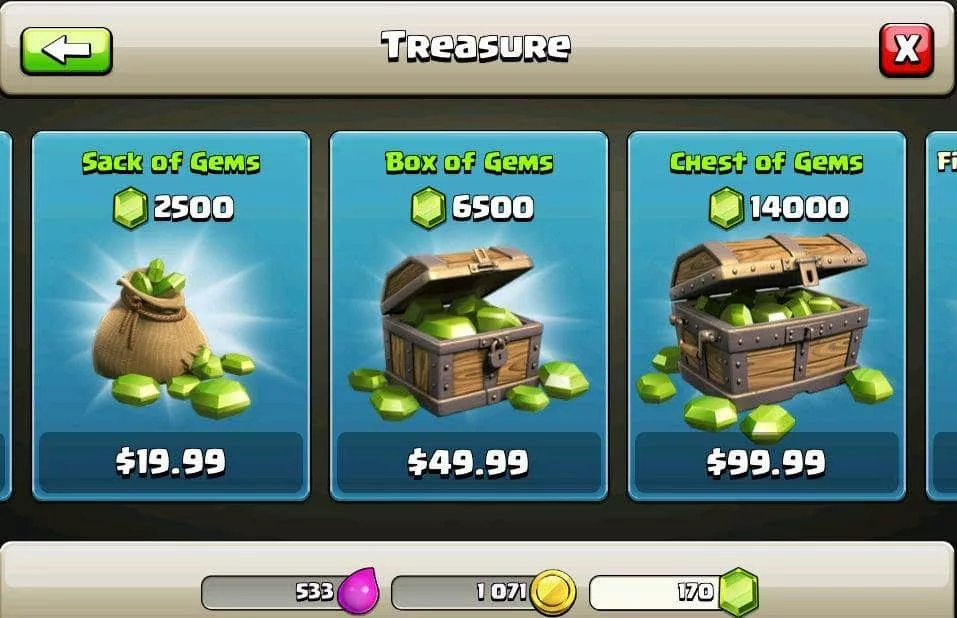
The mobile gaming landscape witnessed a surge in microtransactions, fueled by the popularity of smartphone gaming. Mobile games adopted a freemium model, offering gameplay for free while monetizing through in-app purchases. From energy refills to virtual currencies, mobile gaming introduced microtransactions to a massive and diverse audience.
Impact on game design & development
Microtransactions have had a profound impact on game design and development, shaping the way games are created, monetized, and experienced by players.
The inclusion of microtransactions often requires developers to design games with monetization in mind from the early stages. This shift can influence design decisions, as developers consider ways to incentivize players to engage with microtransactions without compromising gameplay integrity. As a result, elements like progression systems, reward structures, and gameplay loops may be designed to encourage microtransaction purchases.
Developers create a wide array of skins, outfits, emotes, and other visually appealing customization options that players can purchase.
As these items do not impact gameplay balance, they provide a lucrative avenue for monetization while allowing players to express their individuality and personalize their in-game experiences.
Balancing game difficulty, progression, and access to content becomes crucial to ensure a fair and enjoyable experience for both paying and non-paying players.
Microtransactions provide ongoing revenue streams, enabling developers to support and update games long after their initial release. With the financial backing from microtransactions, developers can allocate resources to fix bugs, release patches, introduce new content, and provide regular updates to keep players engaged.
Microtransactions often offer players optional gameplay enhancements and conveniences. These can include items that boost experience gain, increase in-game currency earnings, or provide convenience features like fast travel or inventory expansions.
While these microtransactions may not be strictly necessary to progress, they provide players with shortcuts or quality-of-life improvements, creating a tempting value proposition.

Good developers often iterate on their microtransaction models based on player responses, adjusting pricing, and item availability, or addressing concerns about fairness and transparency.
The future of microtransactions
As the gaming industry continues to evolve, so does the landscape of microtransactions. These small in-game purchases have become an integral part of the gaming experience and things will only change (hopefully, for the better).
- Developers will increasingly offer a vast array of cosmetic options, allowing players to express their individuality and stand out in the virtual world. From unique character skins to customizable environments, microtransactions will provide even more ways for players to craft their perfect gaming experience.
- Microtransactions may evolve to offer more meaningful and immersive gameplay experiences. Instead of solely cosmetic items, developers may introduce purchasable expansions, storylines, or gameplay modes that enhance the core gameplay for new adventures and challenges.
- User-generated content marketplaces could emerge, allowing players to design and sell custom skins, levels, or even entire game mods. We’re already seeing some great market communities in major game worlds.
- We may see an increased emphasis on subscription models and season passes that provide players with access to a wide range of content for a fixed price. Almost every major competitive game has a battle pass now.
- With the rise of AR and VR, we may see the integration of microtransactions into immersive experiences. Players could purchase virtual items or upgrades that enhance their AR or VR adventures, blurring the boundaries between the digital and physical worlds.
- Blockchain technology and non-fungible tokens (NFTs) have the potential to revolutionize the way microtransactions function. These technologies can provide players with true digital ownership of in-game items, enabling them to buy, sell, and trade virtual goods securely. Blockchain-based marketplaces may emerge, allowing players to transact with confidence and creating new opportunities for the exchange of valuable digital assets. The current marketplaces for NFTs or the current crypto games are all about making money first, and thinking about the players or the gaming experience second. This could potentially change.



